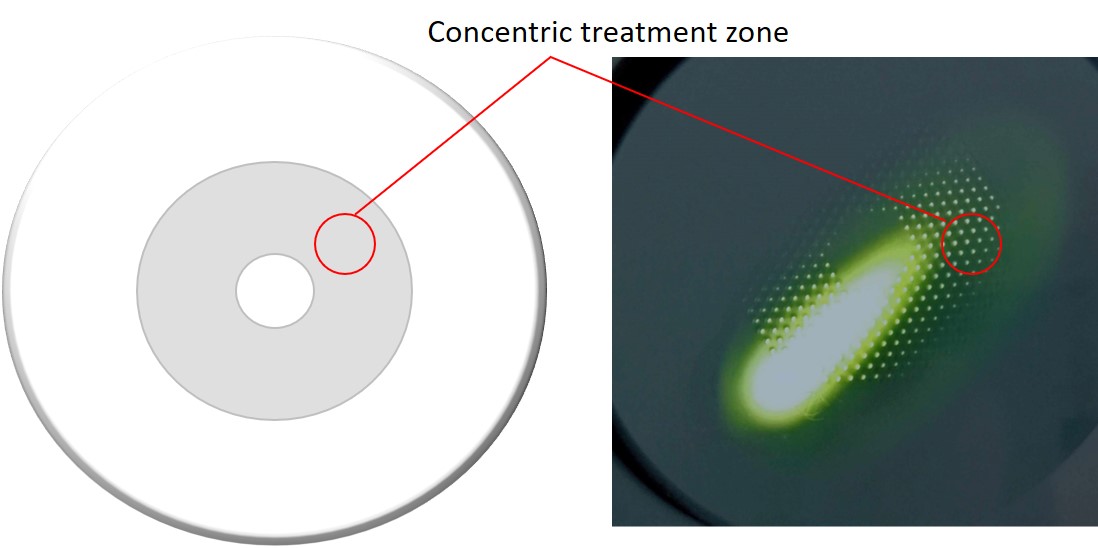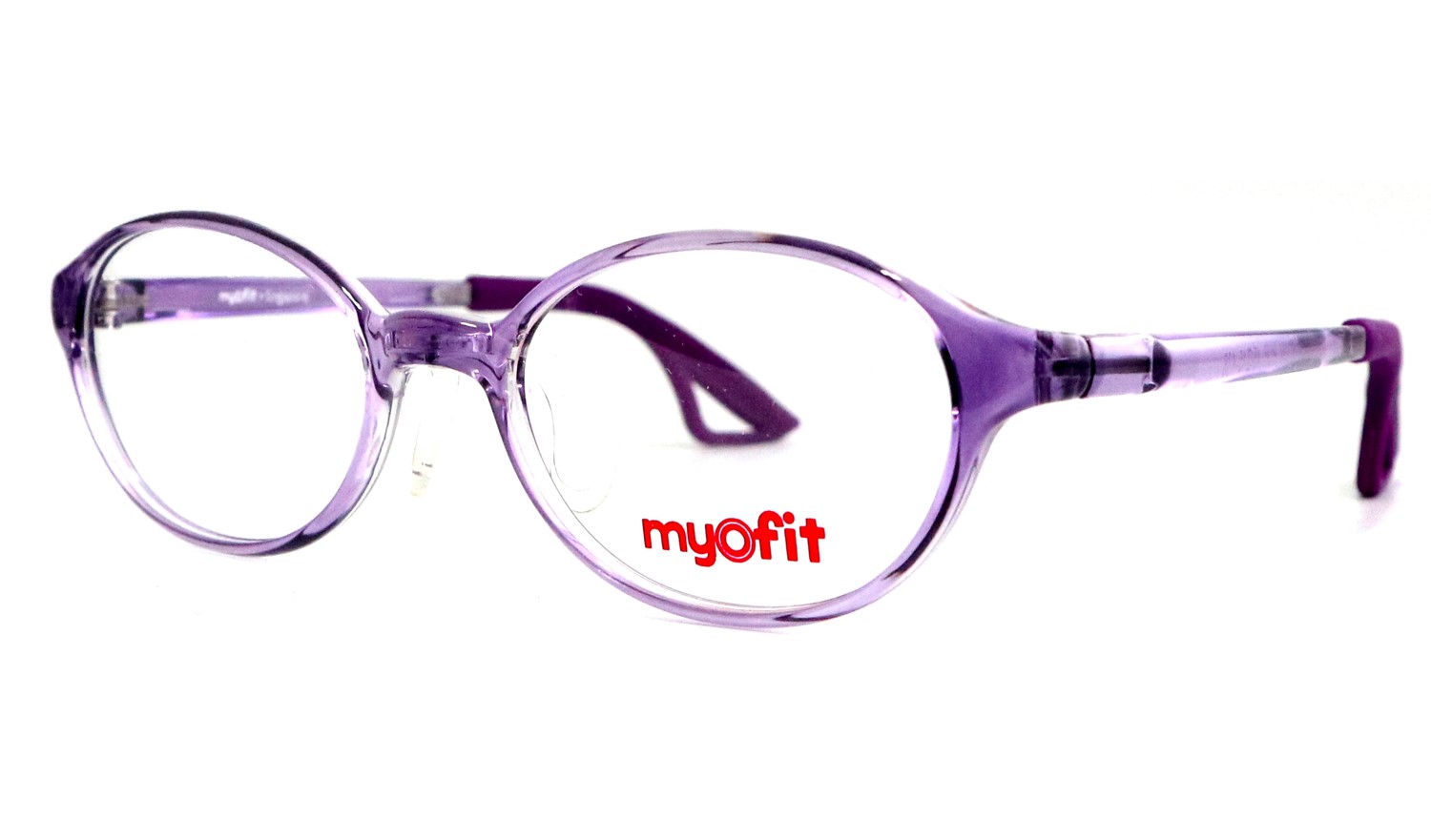Blog | The Frame for Miyosmart Lens
Miyosmart lens from Hoya is designed for controlling myopia progression using a concept known as peripheral myopic defocus. What this means is that an image is formed in front of the retina but around the fovea. Note that the fovea is the main point on the retina where the vision is the sharpest. Animal studies have shown that peripheral myopic defocus is more effective than central zone myopic defocus in influencing myopia development [Liu and Wildsoet 2011].
For any optics to work as intended, the frame supporting the lenses must be stable. In animal studies for myopic treatment, efforts were made to ensure that the lens optical centre is in alignment with the pupil centre. However, many eyeglasses users would have experience with their glasses slipping or sliding down their nose. Without a stable frame, any treatment using lenses will at best be a fraction of its possible outcome. Basic considerations would be the design of the frame and the size of the frame. Myofit is designed with comfort fit anchor tips that can be adjusted downwards or inwards for better force application. Its rubberized nose pad will also provide added support at the nose thus the overall combination is a frame that minimizes slipping. With a frame design that provides a stable support for the lenses, the next consideration is the shape of the frame that matches the lense design.
Hoya did not set any upper or lower size limits nor make any recommendation in terms of frame shape. This is probably based on the assumption that even with the smallest frame, some part of the lens would induce peripheral myopic defocus and any amount of peripheral myopic defocus would have some positive effect on controlling myopia development. However, it is just as possible that having a greater amount of exposure to peripheral myopic defocus images would have a better myopia control effect.
While there may not be many studies, if any, on the frame shape and design on myopia control with the lens, it would be wise to choose a frame shape and design that will fully capture the surface of the lens with the peripheral myopic defocus effect. For this, it is important to understand the construction of the lens.
To achieve this peripheral myopic defocus effect, Hoya Miyosmart created a concentric band of defocus segments around a centre clear zone. The centre clear zone has a diameter of 9.4 mm and a treatment zone of 33 mm. The centre clear zone is given a power that gives a clear vision to the user. From the clinical perspective, the treatment zone is the most important part of the lens as this is the zone that creates the myopic defocus effect. The treatment zone of Miyosmart is specially designed to incorporate both myopic defocus effect and clear focusing so that the user will still have a relatively clear view when looking through the treatment zone.
 Fig 1. Hoya Miyosmart treatment zone |
Peripheral hyperopic defocus has been shown to worsen myopia [Bernsten et al 2013]. For the region beyond the treatment zone of Miyosmart lens, it is possible that the surface may create a peripheral hyperopic defocus although this needs to be verified. Should this be the case, to reduce the amount of peripheral hyperopic defocus, the region beyond the treatment zone should be minimized.
An ideal frame shape for Miyosmart lens would maximize the treatment zone and minimize the excess lens surface beyond it. Some amount of treatment zone truncation and excess lens area can be expected as the frame size ultimately needs to fit the user. The wrong frame size would affect the fit and may result in slippage which is likely to diminish the treatment outcome. Without considering the frame size fit for the user, Myofit MF0002 has the best frame shape fit for Miyosmart. Its oval shape is able to cover the concentric treatment zone of Miyosmart while cutting out excess material beyond the treatment zone. Equipped with adjustable anchor tips and rubberized nose pad, this frame is designed to stay on the user with minimal slipping.
 Fig 2. Myofit frame MF0002 compatibility with MiyoSmart lens |
It is important to note that this recommendation is based on simplified eye condition and the actual eye condition is seldom so straight forward. There are other eye conditions that must be taken into consideration when choosing treatment and the associated frame for it. Therefore, the final recommendation should come from the competent eye professional.
04 April 2021
Updated. -
Reference
- Berntsen D A, Barr C D, Mutti D O, Zadnik K. Peripheral Defocus and Myopia Progression in Myopic Children Randomly Assigned to Wear Single Vision and Progressive Addition Lenses. Investigative Ophthalmology & Visual Science 2013; 54: 5761. See link
- Liu Y and Wildsoet C. The Effect of Two-Zone Concentric Bifocal Spectacle Lenses on Refractive Error Development and Eye Growth in Young Chicks. Investigative Ophthalmology & Visual Science 2011; 52: 1078-1086. See link
Read also
14 July 2018
26 July 2018
27 January 2018

